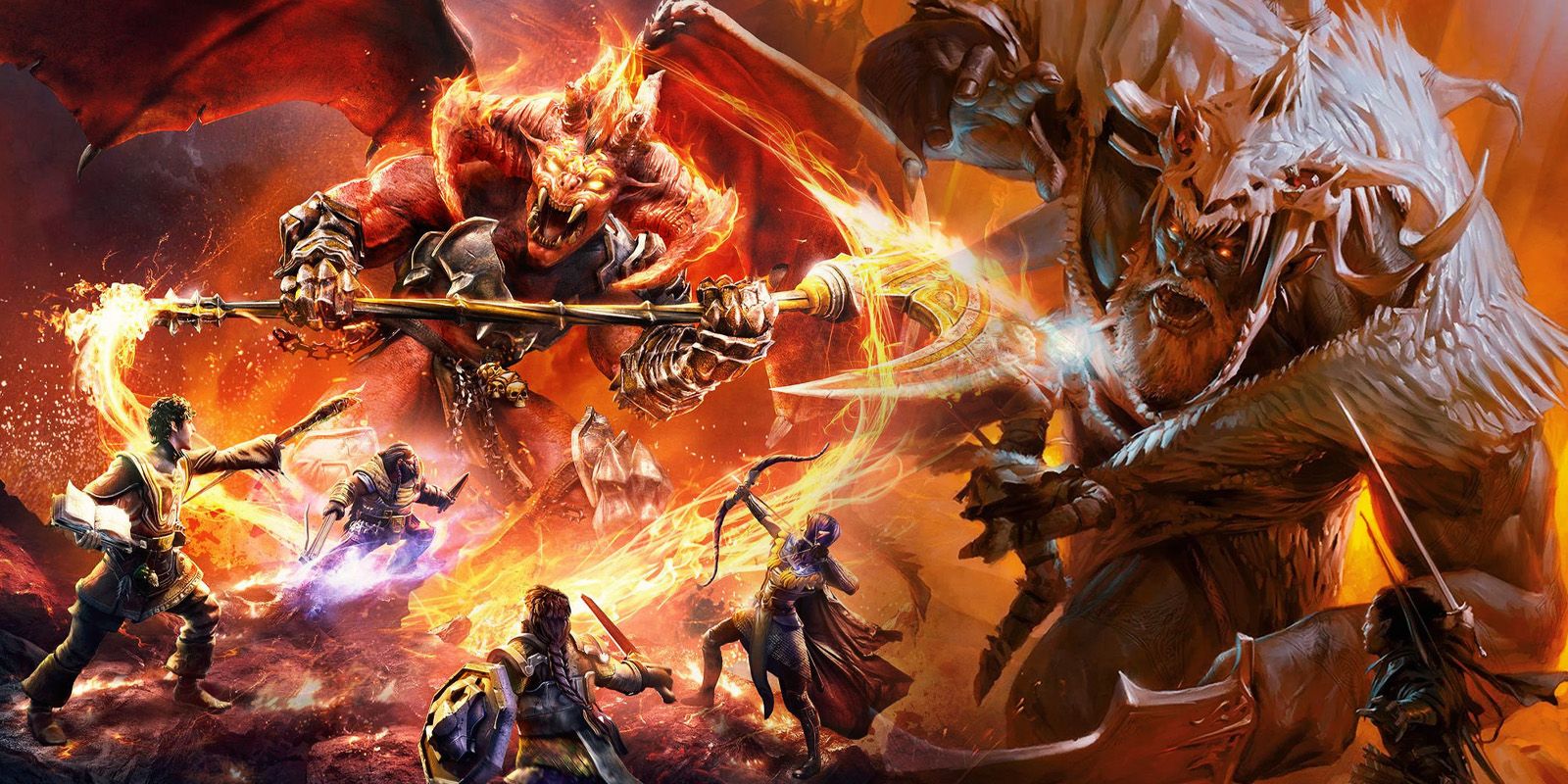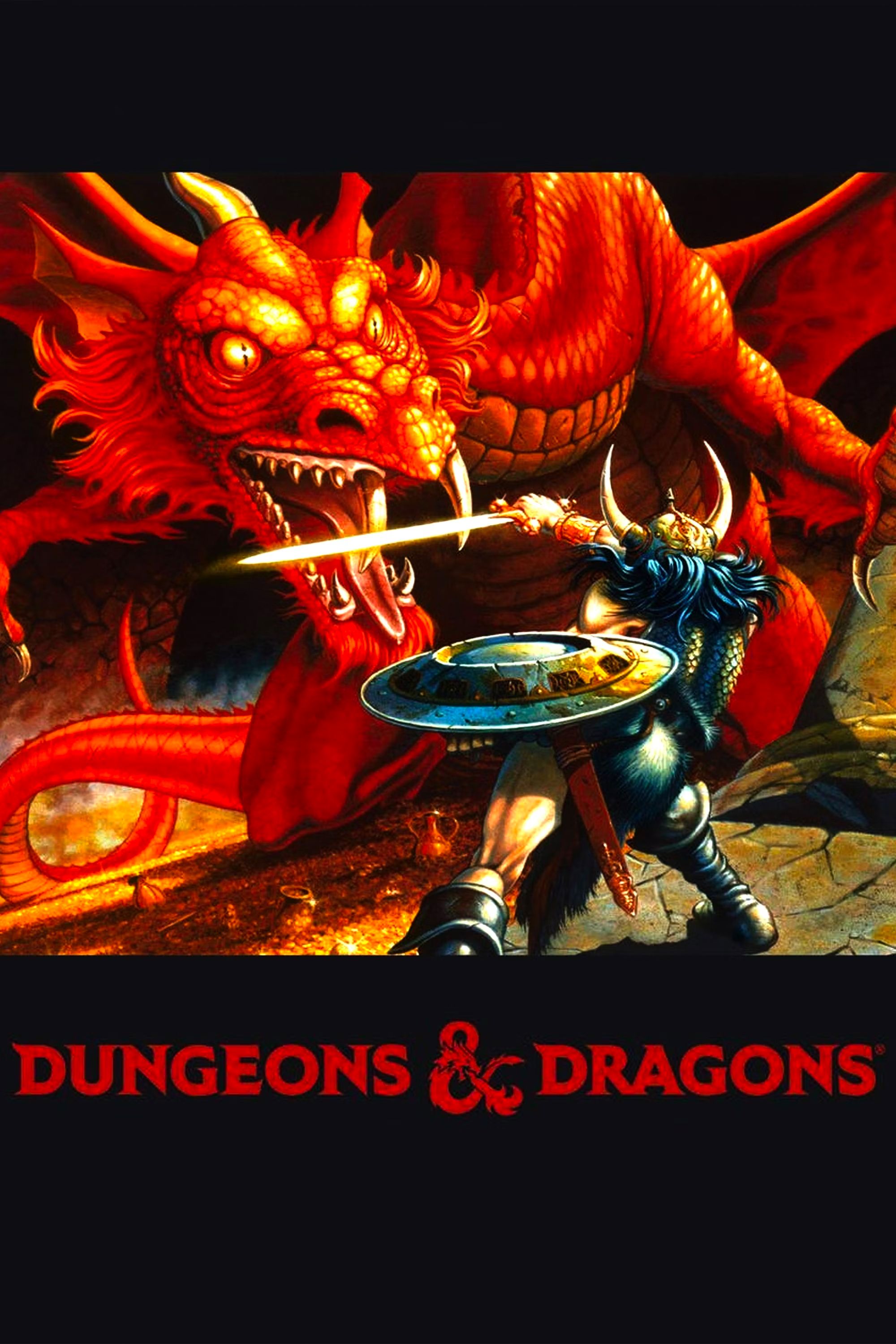With a growing percentage of Dungeons & Dragons campaigns being played online or using digital assets, games like Tiny Glade can be a fantastic companion for any aspiring dungeon master. For online sessions, searching the internet for assets to use can be incredibly inconsistent, especially with the influx of AI art flooding most searches. As more D&D software becomes cheaper and easier to use, purchasing games like Tiny Glade is an increasingly appealing way to improve the D&D experience.
Even D&D publisher Wizards of the Coast itself has acknowledged how popular digital D&D is these days, with the revised 2024 rulebooks putting a greater emphasis on online play. WotC is also putting plenty of resources into its upcoming virtual tabletop called Project Sigil, taking advantage of Baldurs Gate 3‘s success by incorporating its assets into the new software. Whether playing on a digital tabletop or in-person sessions, games like Tiny Glade can provide DMs with more freedom to create the assets they want without as much time commitment.
What Tiny Glade Is (& How It Works)
An Adorable And Incredibly Functional Building Game
Tiny Glade starts players off with a small building in one of the game’s preset seasons, giving players little guidance on what to create or how to do it. As players begin to create and experiment with the game’s deceptively simple tools, the meat of Tiny Glade’s in-depth mechanics and large-scale building potential starts coming to the surface. Rather than having different options from a drop-down list of building types, Tiny Glade’s procedural generation changes based on user interactions, creating doorways or connecting buildings using flags and other decorations.

Related
10 Best City-Building Games To Play Right Now
The amount of strategy and creativity that comes in city-building video games gives players a truly engaging experience, as well as fun!
The main draw of Tiny Glade over other creation games is this incredible procedural generation, intuitively filling between the lines of player buildings while adding decorations. Everything in Tiny Glade snaps together seamlessly, preventing much of the frustration behind building planners of the past while still providing plenty of detailed customization. After creating their ideal fortress or town, players can use Tiny Glade‘s complex photo mode to set the time of day, direction, weather, and filters, alongside a plethora of precise camera settings.
Tiny Glade’s Maps Are Perfect For DMs
Giving Players The Tools To Succeed
Tiny Glade makes it possible to quickly generate detailed and complex structures with ease, taking advantage of the automatic decorating tools to speed up the process. Tiny Glade also features a simple top-down mode that players can swap to at the press of a button, allowing them to create with D&D‘s eagle view tabletop in mind. After taking a screenshot of a finished battle map, all players have to do is slap a simple square grid on top using a program like Roll20, after which they’ll have a fully unique and customizable battle map instantly ready for play.

Related
Dungeons & Dragons: 10 Best Apps For D&D Players
From character sheets to dice rollers to map trackers and everything between, these are the most useful apps for D&D players to use.
One of the most exciting applications for DMs using Tiny Glade is the newly introduced Bastion system from the 2024 Dungeon Master’s Guide. Rather than using different static images online for each level of the party’s base, DMs can simply load up their Tiny Glade save and continuously add to the same existing map. Not only does this provide a greater sense of consistency throughout a campaign, but it’s also incredibly satisfying to see a base slowly expanding as players invest more resources in their Bastions, adding even more incentive to interact with the new system.
Highlights Of Everything Tiny Glade Can Do
Surpassing The Limits Of Player Expectations
While most players will start off making small castles or little towns, Tiny Glade’s building system allows for larger landscapes and cities, although there are still upper bounds on size. Some fans have even started re-creating incredibly detailed and iconic structures, like Reddit user Grufftastic, who made a 1:1 recreation of Hogwarts from Harry Potter. These player-made creations help showcase what Tiny Glade is truly capable of with the game’s scale, on top of its mechanics encouraging player experimentation and the creativity to try new building methods.
The main downside for Tiny Glade when compared to other tabletop dedicated software is its ability to include NPCs and interiors. While it lacks the precise control and assets of software like Dungeondraft or the upcoming official virtual tabletop, those alternatives require more significant time investment, making a good case for Tiny Glade as an efficient alternative.
Tiny Glade’s low learning curve and gorgeous lighting can do more than make up for its missing features, especially when it’s used alongside other assets rather than attempting to make it an all-in-one solution. Despite the tools given, it won’t meet every DM’s map-making needs, but Tiny Glade excels as a way to quickly throw together high-quality assets for a Dungeons & Dragons campaign with the ability to go back and customize them over time.
Sources: Grufftastic/Reddit, Ana & Tom/YouTube

Dungeons and Dragons
- Original Release Date
- 1974-00-00
- Publisher
- TSR Inc. , Wizards of the Coast
- Designer
- E. Gary Gygax , Dave Arneson
- Player Count
- 2-7 Players